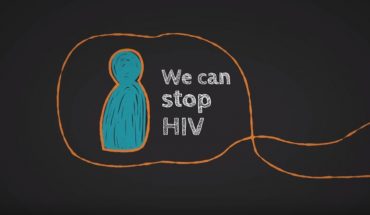Walk down Shanghai’s bustling Nanjing Road, the Chinese metropolis’s Oxford Street, and something is clear: the country’s near 1.4 billion people are older, wealthier and larger than they used to be.
As waste-bands widen and deeper pockets fund more lavish lifestyles, the country is facing a boom in numbers of patients with chronic illness – and nowhere quite so dramatically as with diabetes. China has the largest numbers of diabetes patients in the world by far, with around four times the number in the United States and 14 times the number in Japan. Patient numbers are expected to hit 151 million by 2040 from 110 million today, according to the International Diabetes Federation. The boom is stoking demand for Western-style treatments like insulin, but also traditional Chinese medicines (TCM), natural remedies with ingredients that can range from scorpion to oysters and ginseng to snakeskin.
Traditional medicine stores, with glass cabinets stocked with expensive ingredients that need to be boiled together into a curative brew, have treatments for diabetes including Chinese yam, ginseng and pig pancreas. Mulberry tree leaves; seeds from vines belonging to the bitter gourd family; and Huang Qi, a dried root from one of the key herbs used in traditional Chinese medicine, are just a few more on a lengthy list.
While Western medicines are now common in China, many still put their faith in traditional remedies – it’s often a way of life for older generations, patients and local healthcare professionals say.
Meanwhile, the diabetes drug market, estimated at 27 billion yuan ($4.1 billion) in 2014, is set to grow over 10 per cent each year until 2016, according to data from Deutsche Bank.
For now, we’re only seeing the tip of the iceberg: 60 percent of diabetes patients remain undiagnosed and only 17 percent of patients actually receive treatment.
- From Insulin to Ginseng: Treating China’s diabetes time-bomb - 24th February 2016







At what point will people begin demanding studies into such diseases in the fully, partially and non-vaccinated? Unless we find the cause of the epidemics of diseases crippling people today, particularly our children, we face a future of chronic ill health and very short lives.
What is different in our world over the past 40 years which is the timeline?